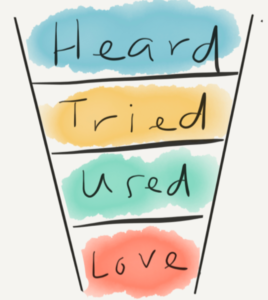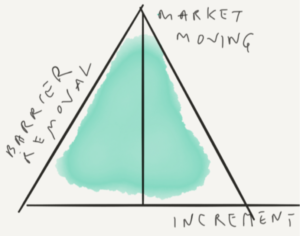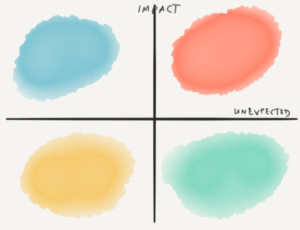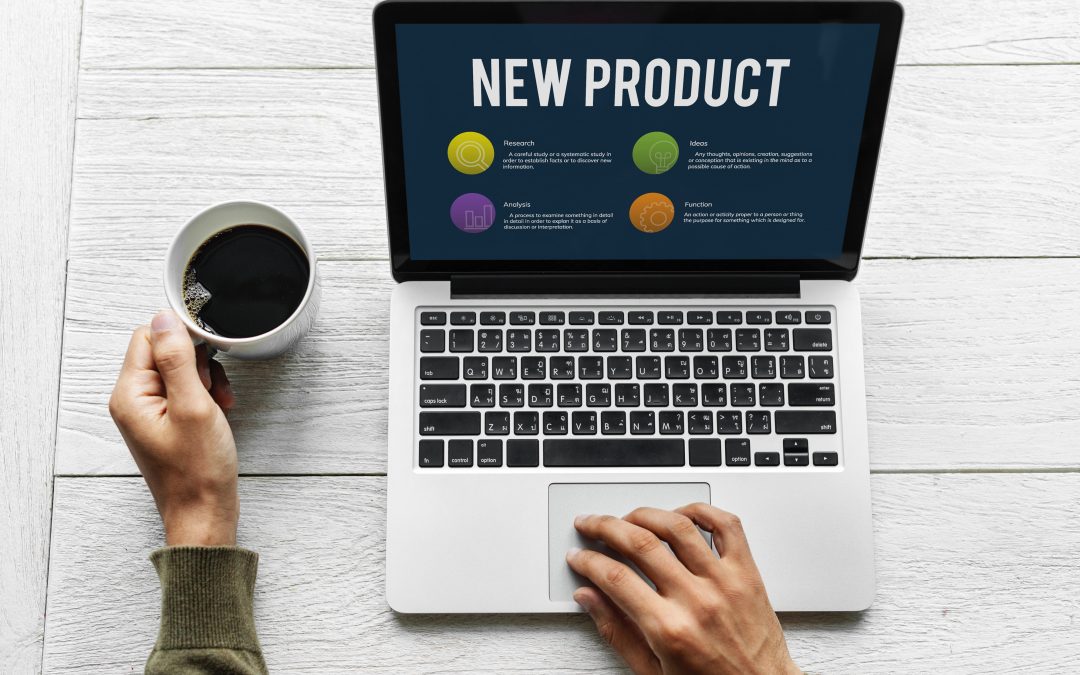In my role at Emergent Ventures, my focus is on helping our companies;
- Find a product-market fit (PMF) (if they haven’t already)
- Instil the discipline of product management into their startup’s culture
- Help with network introductions and screen & hire for key positions
There are numerous books and articles written on how to get to PMF for enterprise startups, my favorite is Survival to Thrival. I highly recommend it. This blog post, however, will focus on the second point mentioned above. In a follow-up blog post, I will focus on the third point.
At 40,000 ft level, founders need to have bi-focal focus – short-term needs of first few customers as well as the long-term strategy of where they want the company/product to go. This is really challenging in the early stages of the evolution of the company. Having been in the trenches for 15+ years, I have collected a few frameworks that have worked for me. Think of them as a set of tools in a tool-box, that you can apply to a specific situation rather than as gospel.
Mental Models for Prioritization
1. Thinking of the funnel > Heard it > Tried it > Use it > Love it
Most founders focus on the functionality of a product without thinking about the first user’s experience of their product. This is not only applicable to consumer products but also for enterprise products, especially SaaS, which have a self-serve try-before-buy experience. Thinking of a customer journey really enhances the first user experience and identify gaps in a delightful first experience.

2. Barrier Removal // Incremental // Market Moving
All the work that a product team has to do can be put into the following buckets.
Market-moving means, if you announce such a capability, people will start raving about it; The phrase comes from the idea that, if the company were a large public company, it may move the stock price of the company. Market-moving for a startup might mean, they may get immediate media attention. Barrier-removal is something your sales team is telling you to do to close a customer; It is a “barrier” to the sales team closing on a deal, hence the product needs to have that feature/capability. Incremental is something you have to do, table-stakes to operate in a market or category. Incremental features are items that things that a competitor may have that the startup product needs to have – it may not be something a sales team is asking or something that might “move markets”.

The viz above shows that since your team will have limited capacity, these are the three forces pulling you in different directions, while the total effort (area of the triangle is fixed).
Being aware of this framework, as you prioritize your product efforts can help you stay bi-focal (building differentiators that are market-moving) while building near term (table stakes features).
#3 Unexpected and Impact
Most features that a product might build are intended to be impactful (either from a revenue or customer acquisition point of view). However, most of them are something people in the market come to expect. E.g. removing a feature is most of the times, unexpected – however in early days of product definition, removing something can actually help user/product adoption since it can reduce cognitive load for the user.

#4 Hierarchy of Product Needs
Below is a product hierarchy of needs that can come in handy as you are searching for product/market fit. Most early product teams keep spinning their wheels in the lower levels of the hierarchy. However, aiming for something that truly delights the users, can really convert early users into fans. Starting from below – startups should focus on the following ->
Site Up: If the site isn’t up, nothing else matters. If your customer/prospect cannot access your product, everything that you do doesn’t matter.
Bug-Free: If there are bugs, no user cares about the beauty of your product. If your product crashes or is not usable due to other contextual conditions (e.g. slow network or certain devices), then no matter how beautiful the UX is).
Functionally Correct: This level requires that our software works as specified. If your product does not work as the way a normal user would expect (e.g. when you click the “submit” button on a form, it actually submits a form), people lose trust in the product, especially, if they are trying the product for the first time.
Feature Correct: This stage indicates that we are solving major problems for users. This stage is slightly more nuanced than the previous one. The startup may have designed the product and it could work “as intended” by them but if it does not solve a particular problem for the end user, it does not matter. Jobs-to-be-done framework helps build “feature correct” capability rather than just “functionally correct” capabilities.
User Delight: This highest stage of product development brings relief and joy to the user. Apple products routinely give user delight. E.g. every Apple product comes “pre-charged” so the act of unpacking the product and providing instant gratification rather than the user having to first charge the product before experiencing it.
Does your product roadmap have items that will delight the users?

#5 Quick Wins
Most features that a product might build are intended to be impactful (either from a revenue or customer acquisition point of view). However, most of them require significant effort. If you can identify items that impactful but low-effort (i.e. “quick wins”) that can help build credibility with a prospect fast, especially in enterprise settings.

#6 Litmus Test
This is a simple gut-check that allows a founder to make sure there are no blind spots in his product roadmap and strategy. This also helps tap into the collective wisdom of the entire organization. Every team you plan a product release, Ask your team, is there something we would be stupid not to do this month/qr/yr. This will allow you to identify items that might not be in your radar.
#7 $100 test
Last but not the least is the $100 test -> in your product planning meeting, ideally with all key stakeholders of your company (product, sales, marketing, customer success, engineering) go around the room, ask them to spend $100 across the items. Add them up by each item, that’s your stack rank.
Hopefully, these 6 frameworks are useful as you prioritize work in your company and stay true to the bi-focal vision that your startup needs. Besides these frameworks, there are a few books that I have found useful over the years and keep coming back to them for insights. I highly suggest Naval Ravikant’s way of reading books.
Additional Reading
The Founder’s Dilemma by Noam Wasserman
“the decisions that founders have to make by showing you actual startups and their journeys”
Venture Deals by Brad Feld
“ Will teach you how to deal w/ VCs”
Traction by Gabriel Weinberg
“How to get traction at your startup”
Monetizing Innovation by Madhavan Ramanujam
“My go-to bible on pricing”
“What a day-day job of a PM is”
“Bible for startup founders”
“Running list of good PM reads
